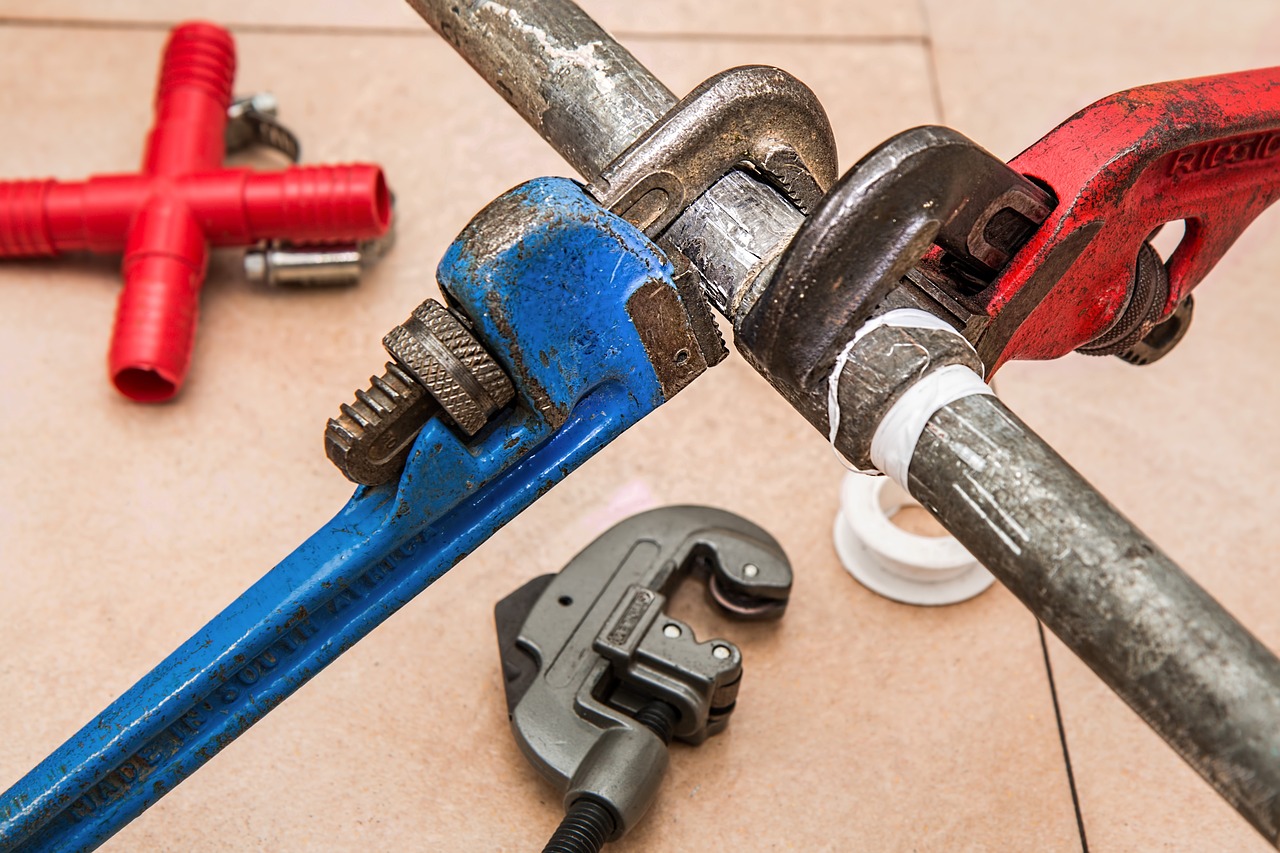Home emergencies rarely happen at convenient times. When water is pouring from a burst pipe, electrical problems threaten your safety, or roof leaks turn your ceiling into a waterfall, knowing how to respond quickly can prevent extensive damage and costly repairs. This article provides practical guidance on handling these urgent home repair emergencies before professional help arrives, empowering you to take immediate action when disaster strikes. With these temporary solutions, you can mitigate damage and maintain your peace of mind until permanent repairs can be made.
Understanding Home Repair Emergencies
Home repair emergencies are situations that require immediate attention to prevent injury, extensive property damage, or the complete loss of essential services. The key to effectively managing these crises is preparation and knowledge. Having basic tools, emergency supplies, and understanding the location of shut-off valves for water, gas, and electrical panels can save precious minutes during an emergency. Many homeowners panic when faced with a home repair emergency, but maintaining a clear head and following established procedures can make a significant difference in the outcome. Remember that while these temporary fixes are essential, they don’t replace the need for professional repairs. Services like AskHomey can help connect you with qualified professionals when the immediate danger has passed.
Responding to a Burst Pipe
When confronted with a burst pipe, your first action should be to shut off the water supply to prevent flooding. Locate your home’s main water shut-off valve, typically found near the water meter, in the basement, or where the main line enters your home. Turn this valve clockwise until it stops to cut off water flow. After stopping the water, open faucets to drain remaining water from the pipes and relieve pressure. If you’re wondering about burst pipe what to do next, grab towels and buckets to collect standing water, then use a mop or wet vacuum for thorough cleanup to prevent mold and water damage. For a temporary repair, you can use pipe repair clamps, rubber, or a piece of garden hose with hose clamps if the pipe has a small crack or hole. Wrap the damaged section tightly with these materials until a plumber can perform a permanent repair.
Navigating Electrical Emergency Home Situations
Electrical emergencies present serious safety hazards including fire risks and potential electrocution. If you smell burning, see sparks, or notice blackened outlets, immediately turn off power at the circuit breaker for that area or at the main breaker if necessary. Never touch electrical equipment while standing in water or if you’re wet. For situations where an appliance is smoking or sparking, unplug it if safe to do so or turn off power at the breaker. Avoid using water to extinguish electrical fires as this can conduct electricity—use a Class C fire extinguisher instead. Keep everyone away from the affected area until it’s deemed safe. Even after implementing these safety measures during an electrical emergency home situation, it’s crucial to have a qualified electrician inspect your system before restoring power to affected circuits.
Creating a Roof Leak Temporary Fix
Discovering water dripping from your ceiling often indicates a roof leak, which requires prompt attention to prevent structural damage. Begin by placing buckets under drips to collect water and moving valuable items away from the affected area. Check your attic during daylight hours to try locating the source of the leak—look for water stains or mold along roof decking and rafters. For a roof leak temporary fix from inside, you can place a piece of plywood covered with plastic sheeting in your attic, positioned under the leak to divert water toward a bucket. From the exterior, if weather permits and it’s safe to do so, cover the affected area with a tarp, securing it with boards or bricks to prevent it from blowing away. Extend the tarp from the ridge of the roof down past the leak and over the eaves to ensure water runs off properly. This temporary measure can prevent further water intrusion until professional roof repairs can be completed.
Preventing Future Home Repair Emergencies
While some emergencies are unavoidable, regular maintenance can significantly reduce their likelihood. Conduct seasonal inspections of your home’s critical systems, checking for signs of wear or damage before they escalate into emergencies. Replace aging plumbing components, update outdated electrical systems, and maintain your roof with annual inspections. Create an emergency preparedness kit containing essential tools, flashlights, batteries, pipe repair materials, and important contact information for service professionals. Knowing the location of your home’s main shut-off valves and breakers before an emergency occurs can save precious time. Additionally, consider installing water leak detectors and smart home monitoring systems that can alert you to potential issues before they become catastrophic.
For more tips and to connect with reliable home service professionals, follow AskHomey on Facebook and Instagram.



